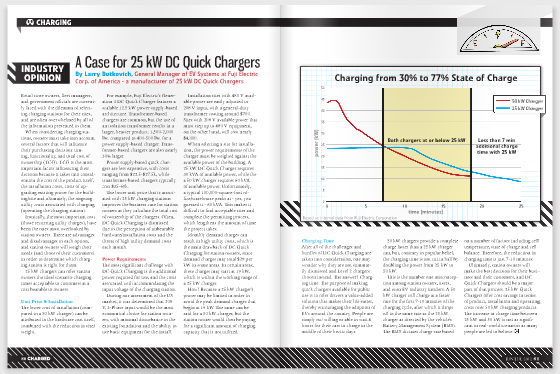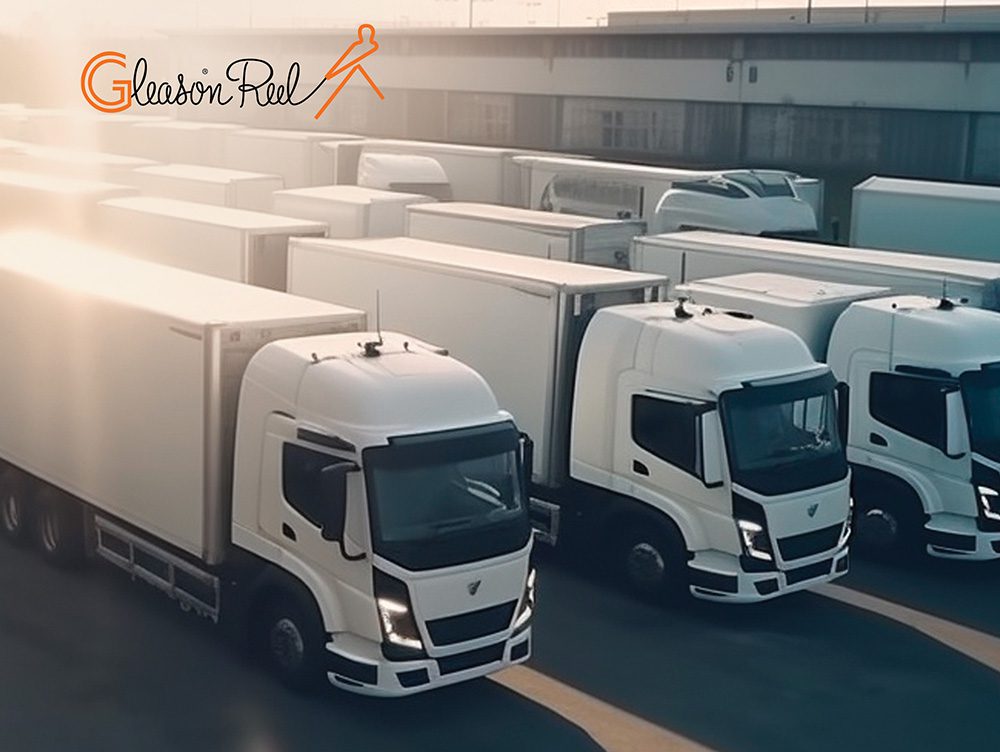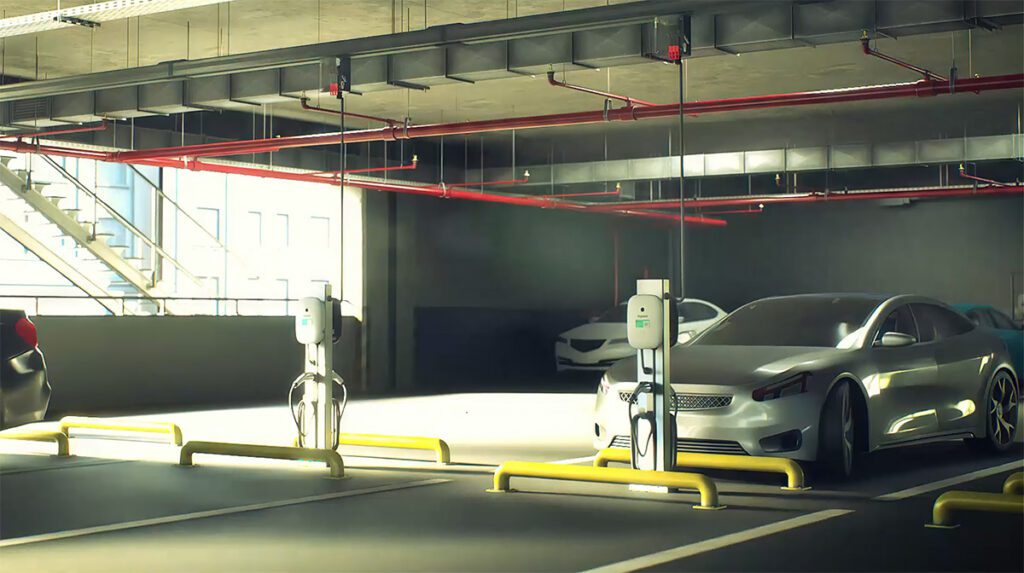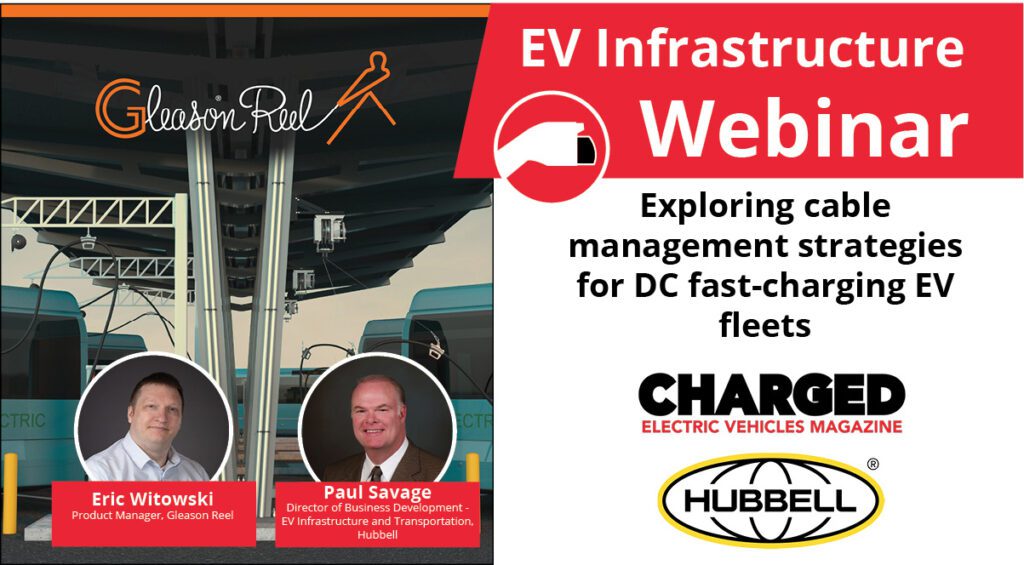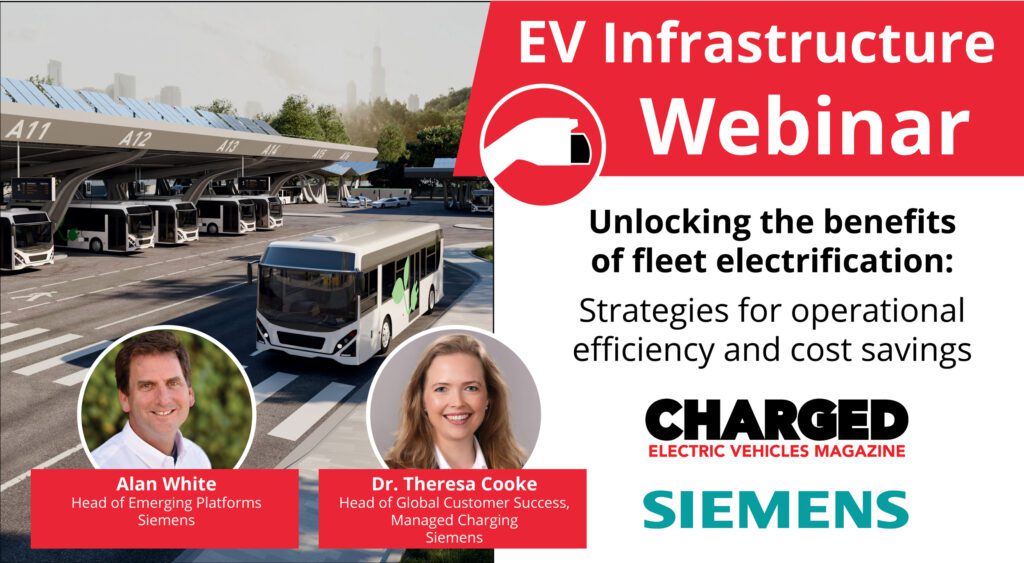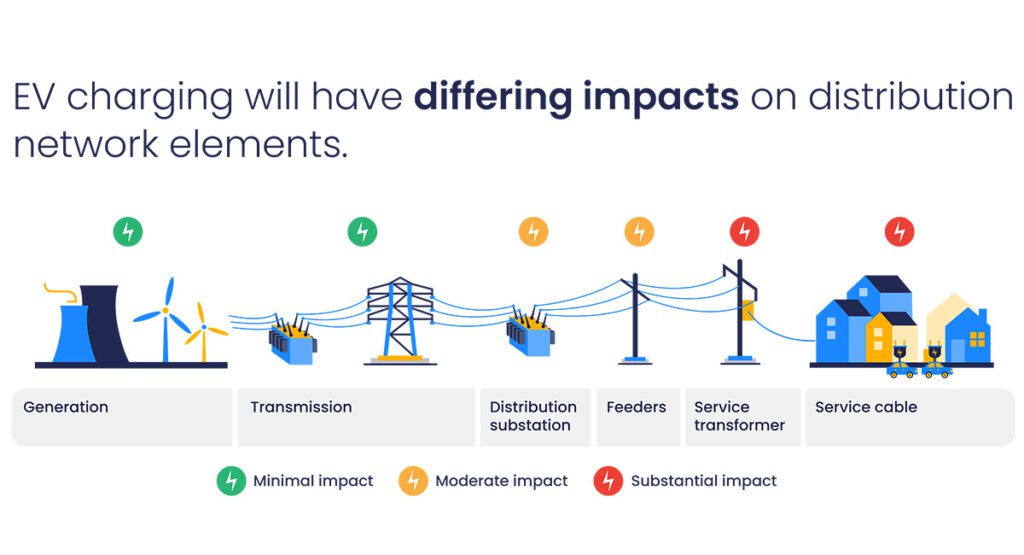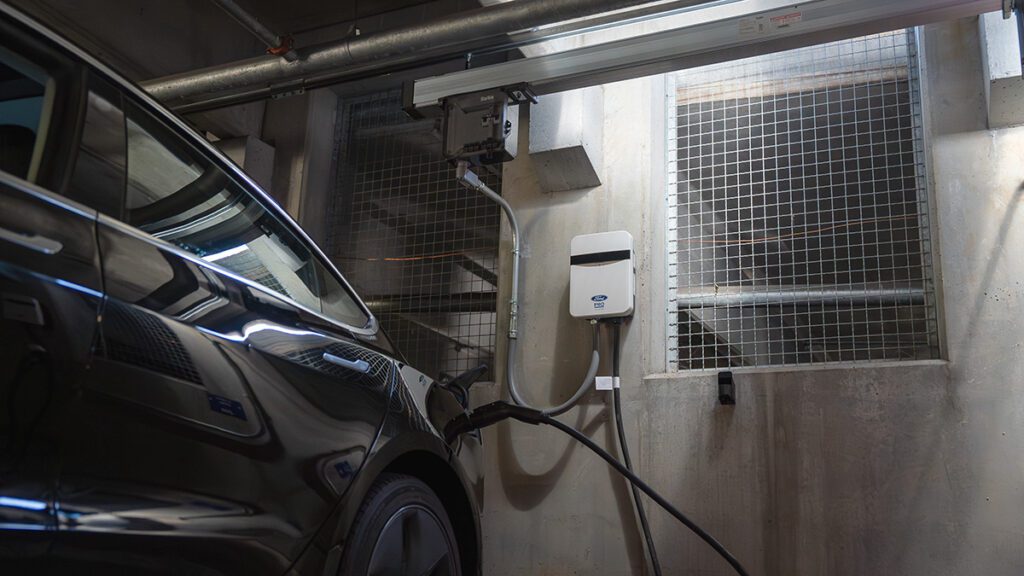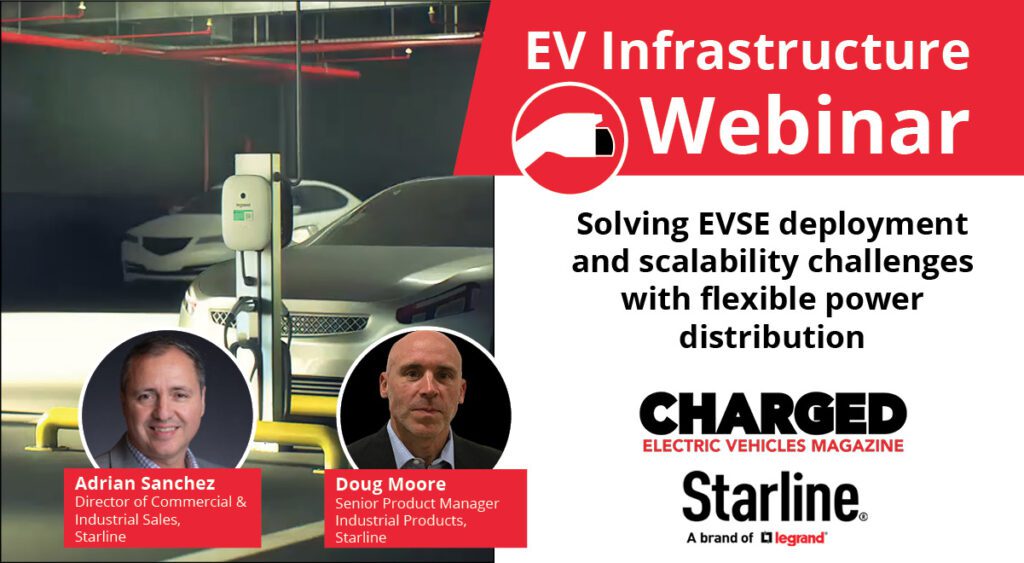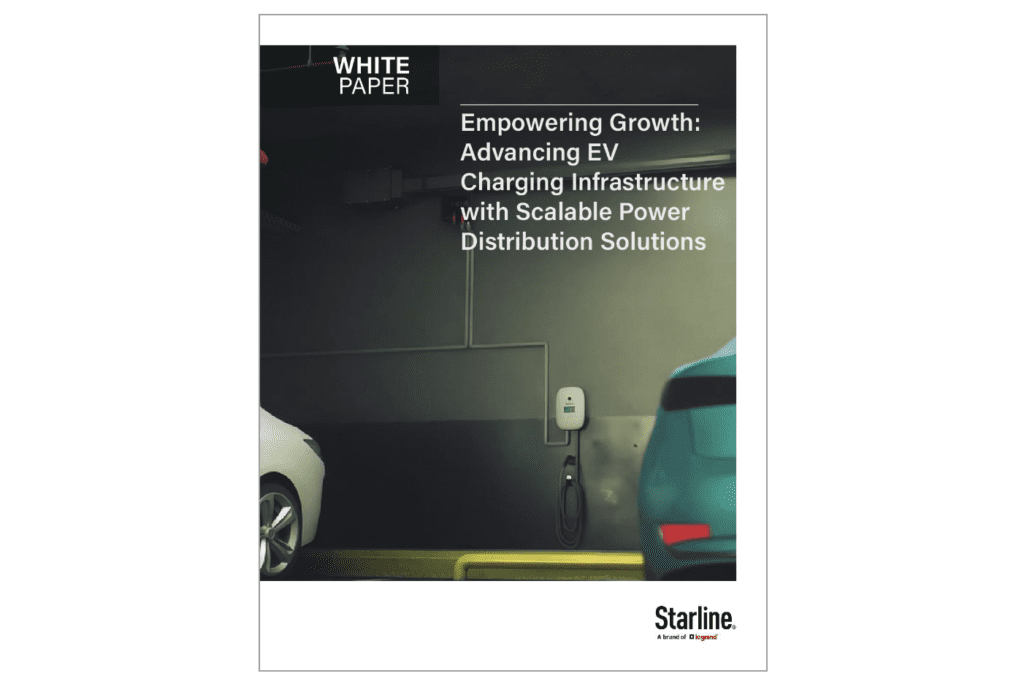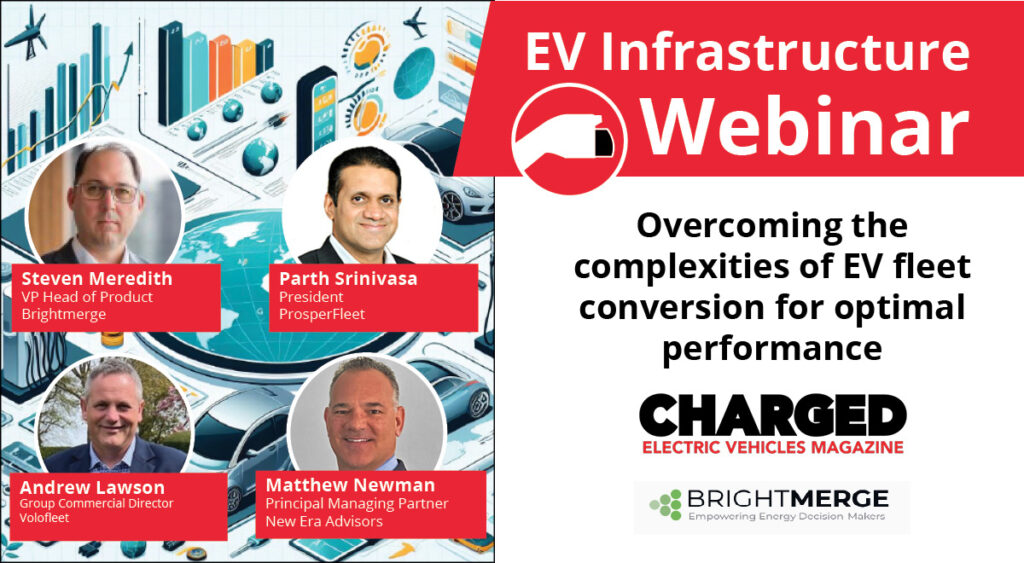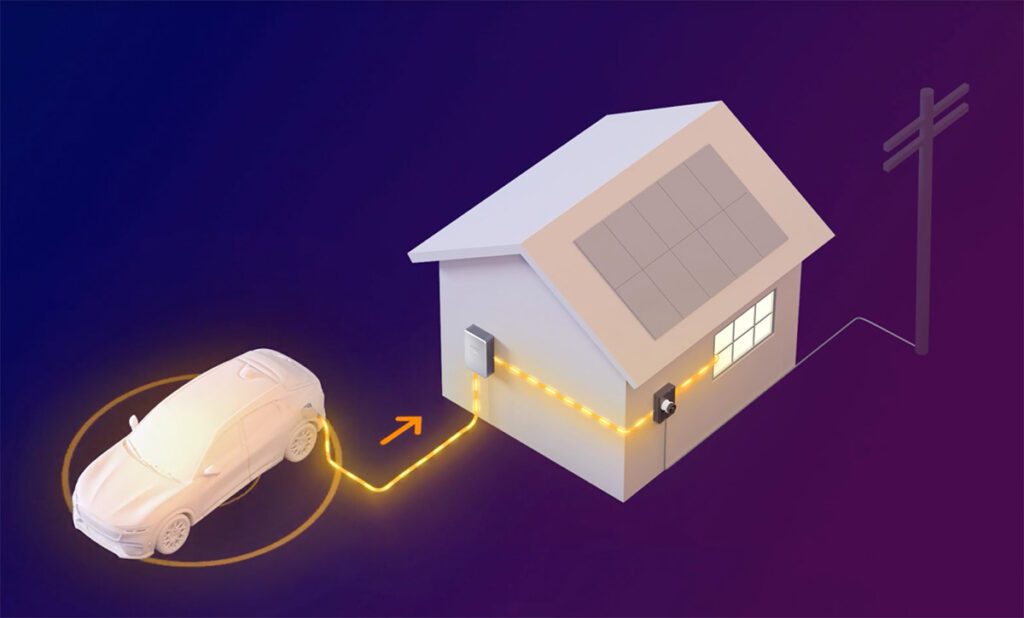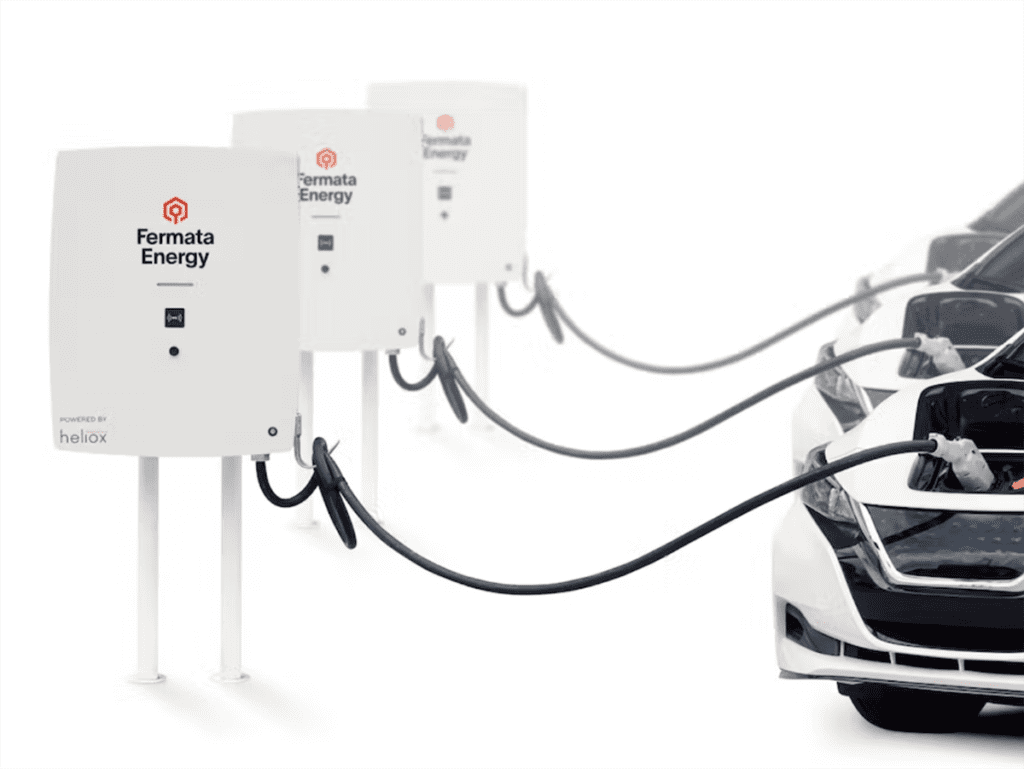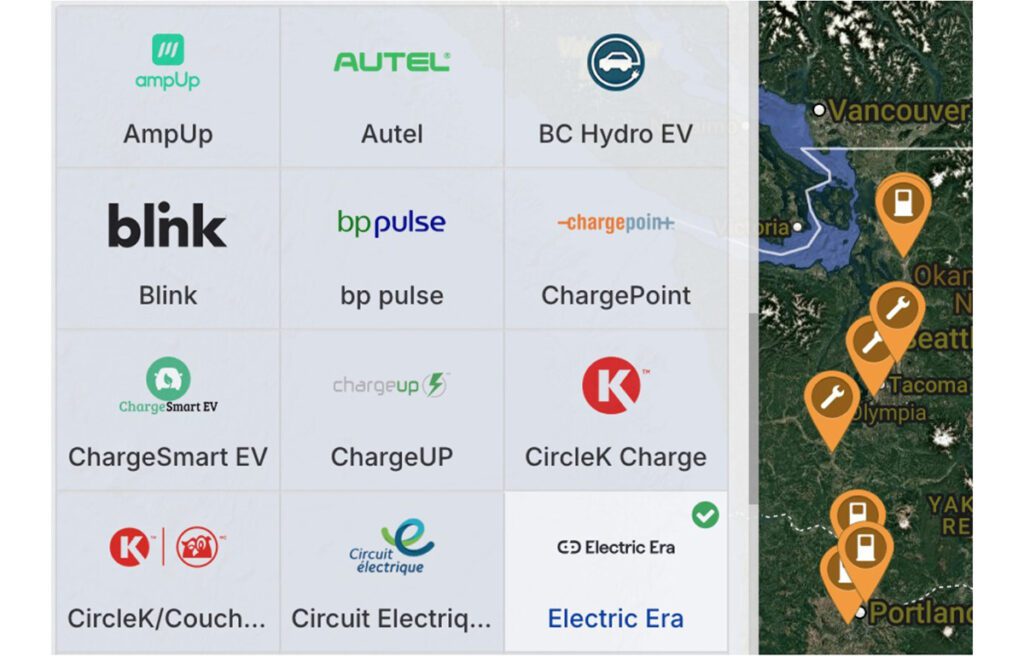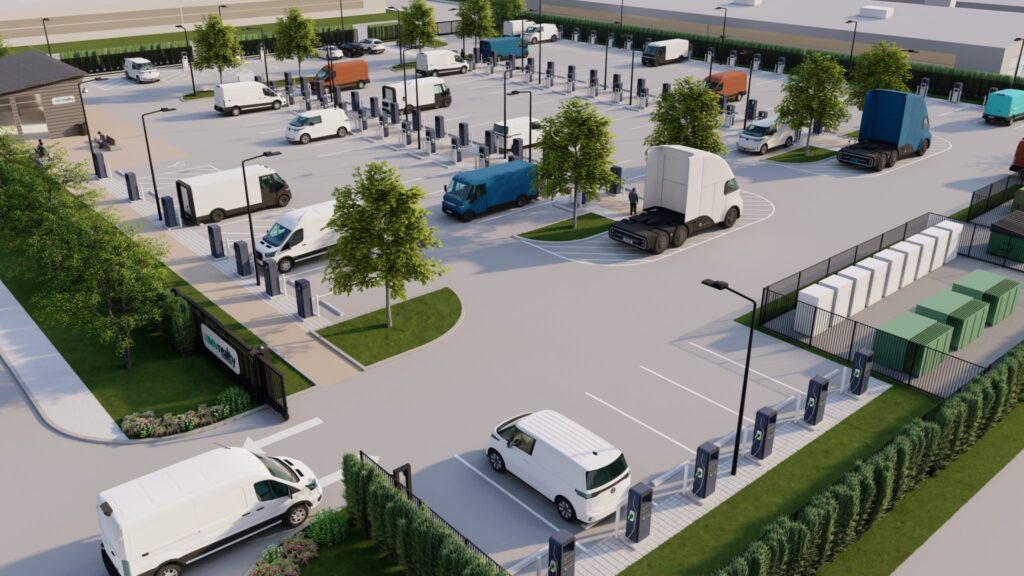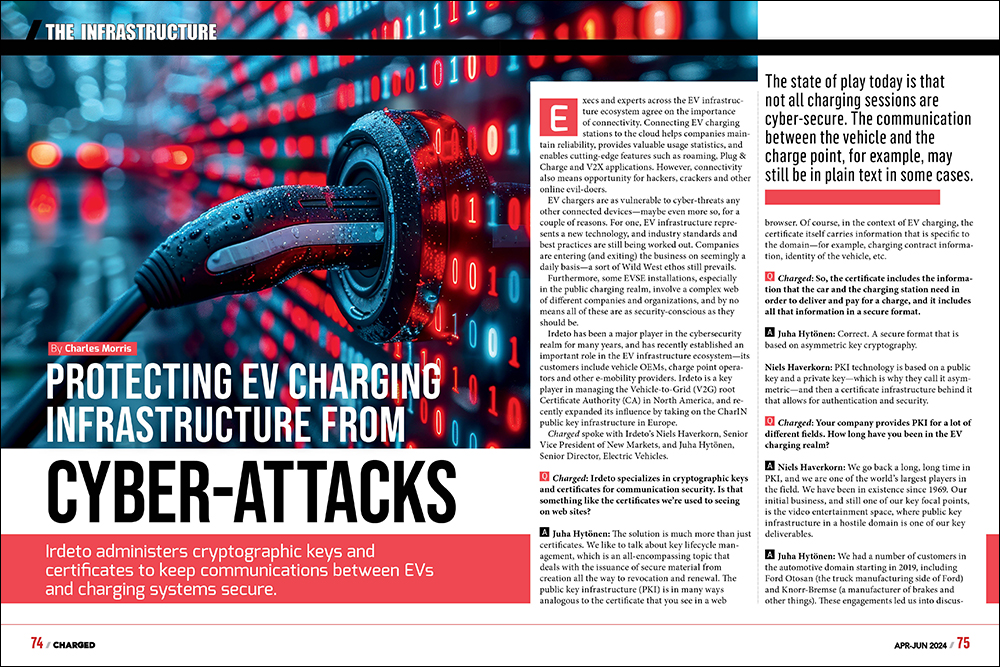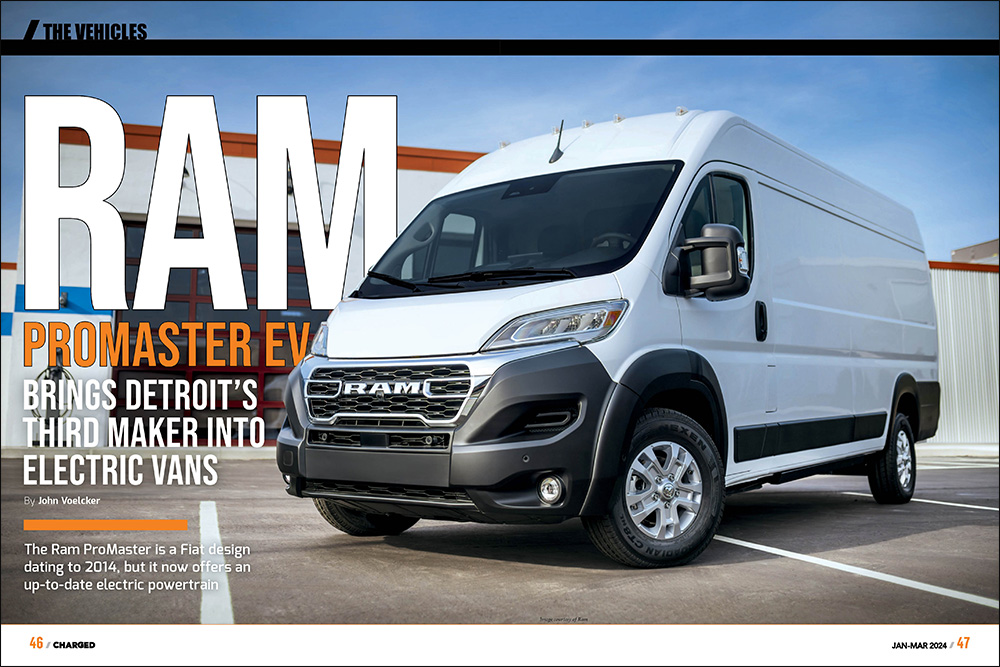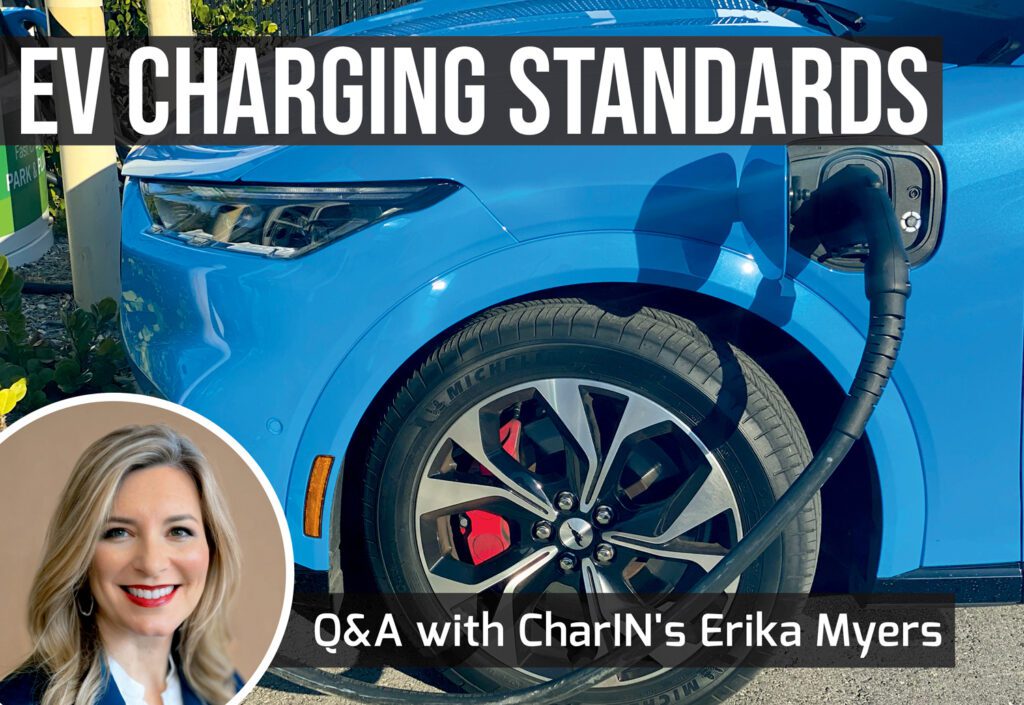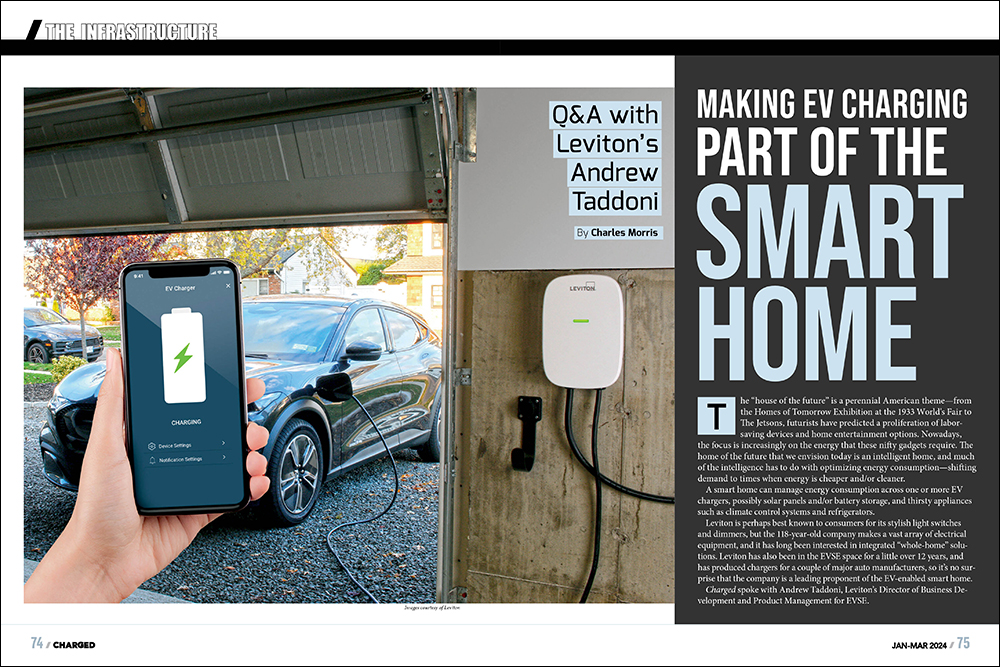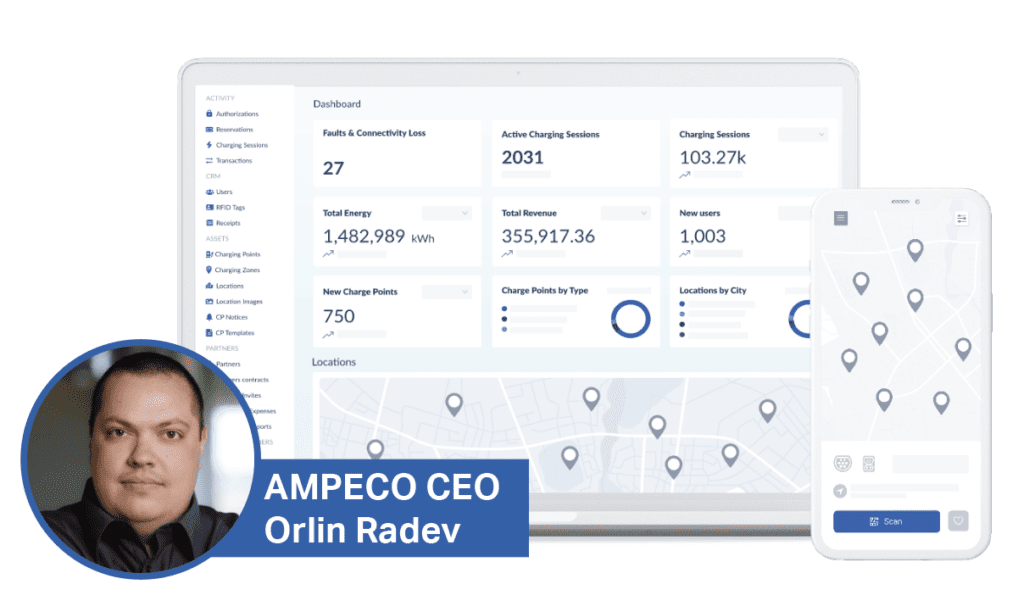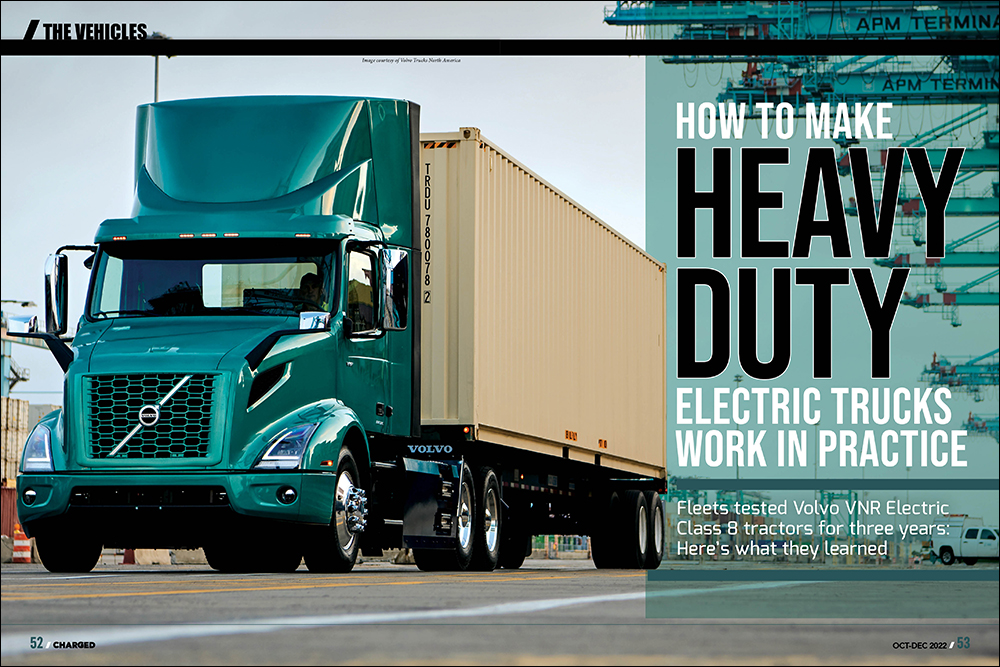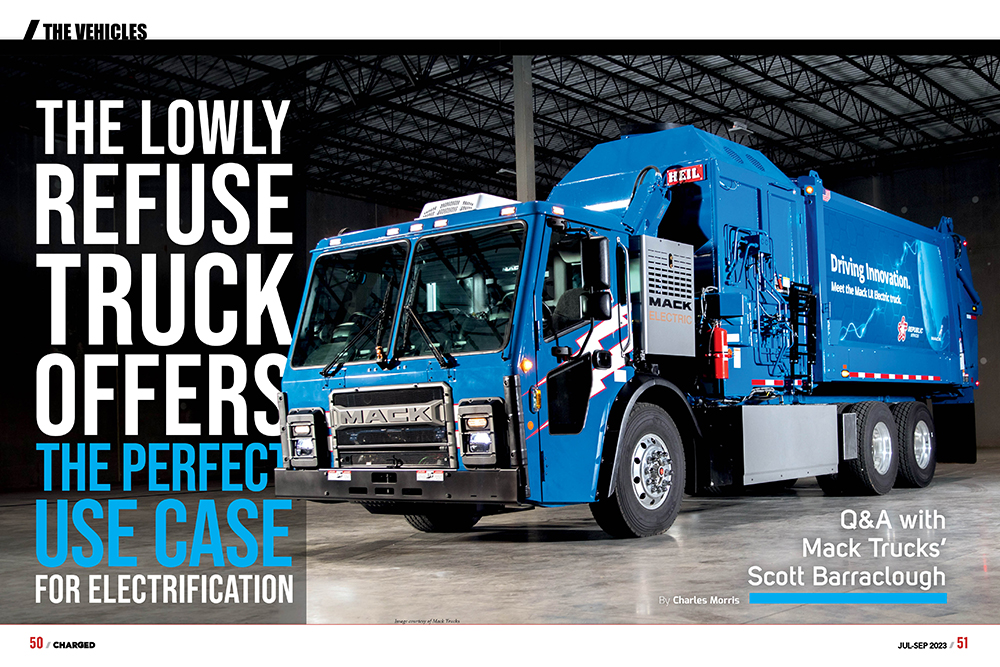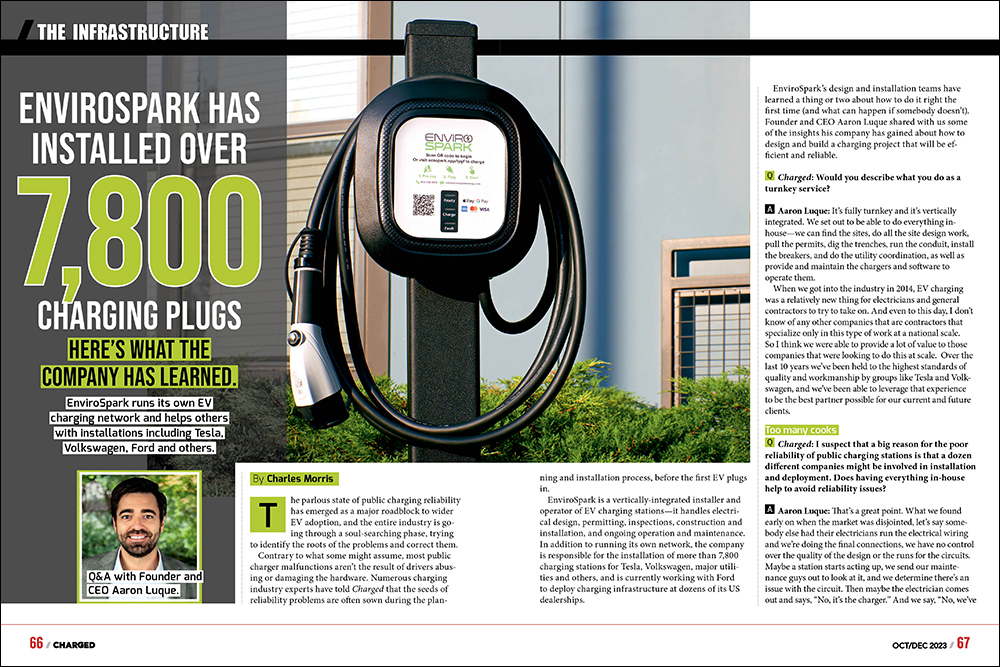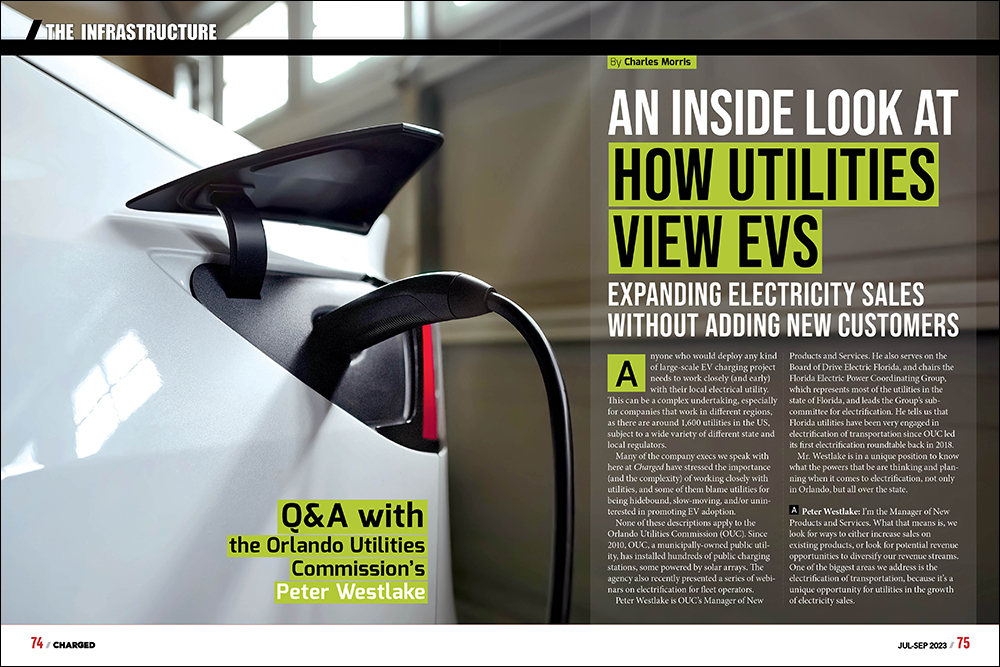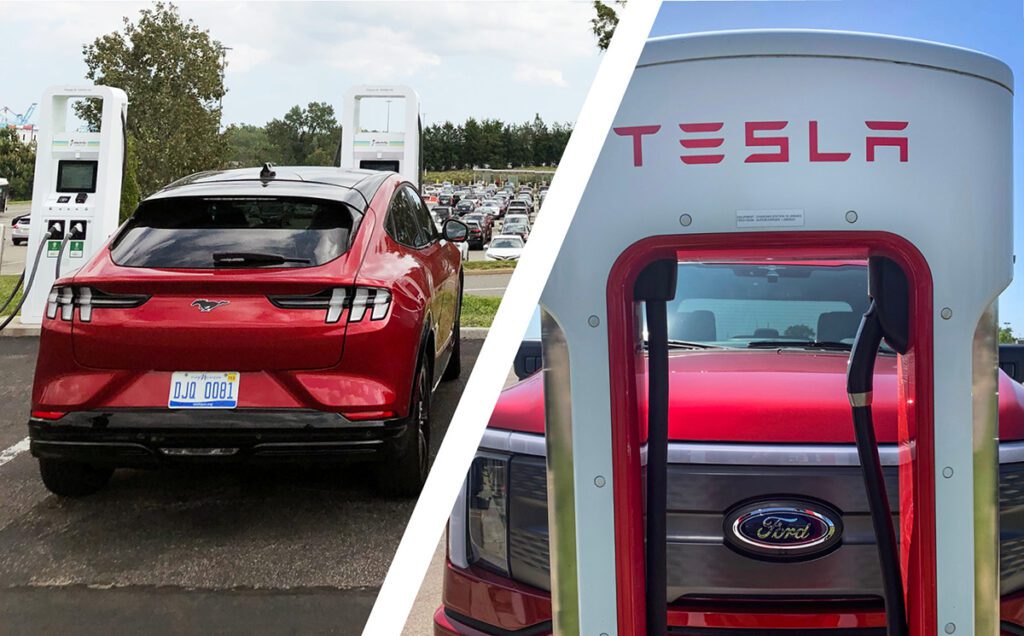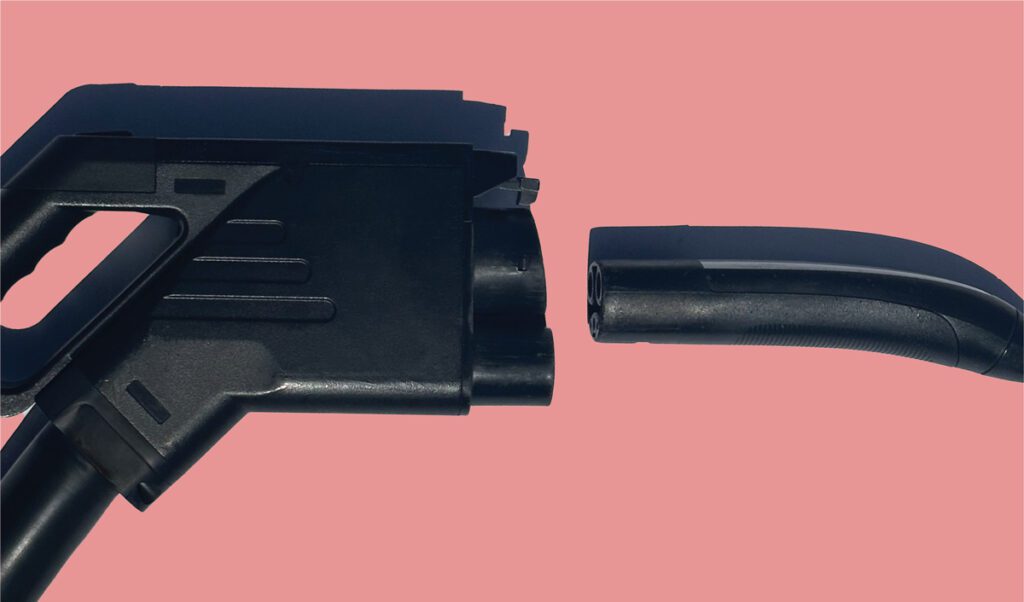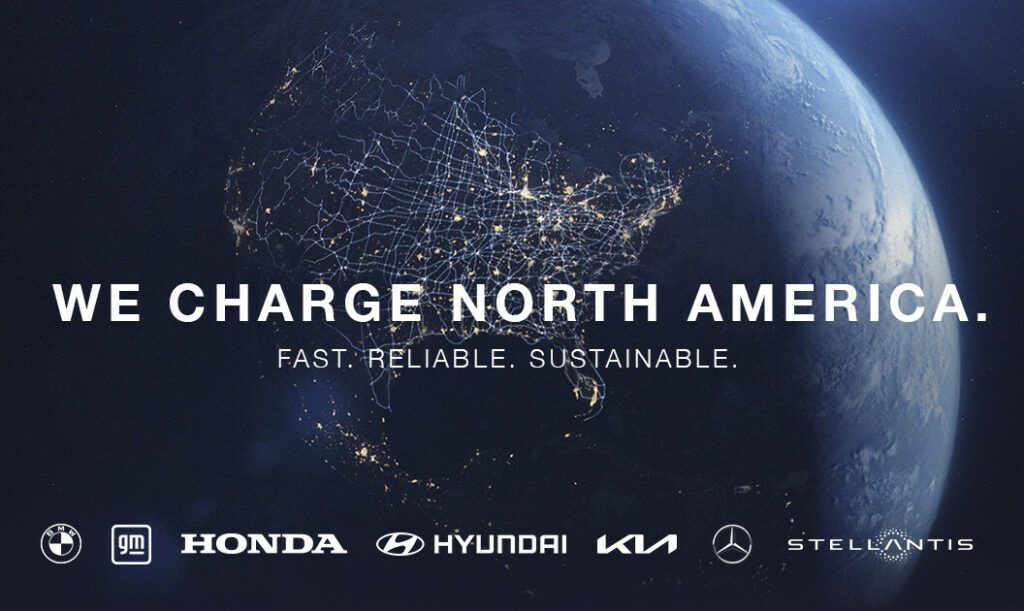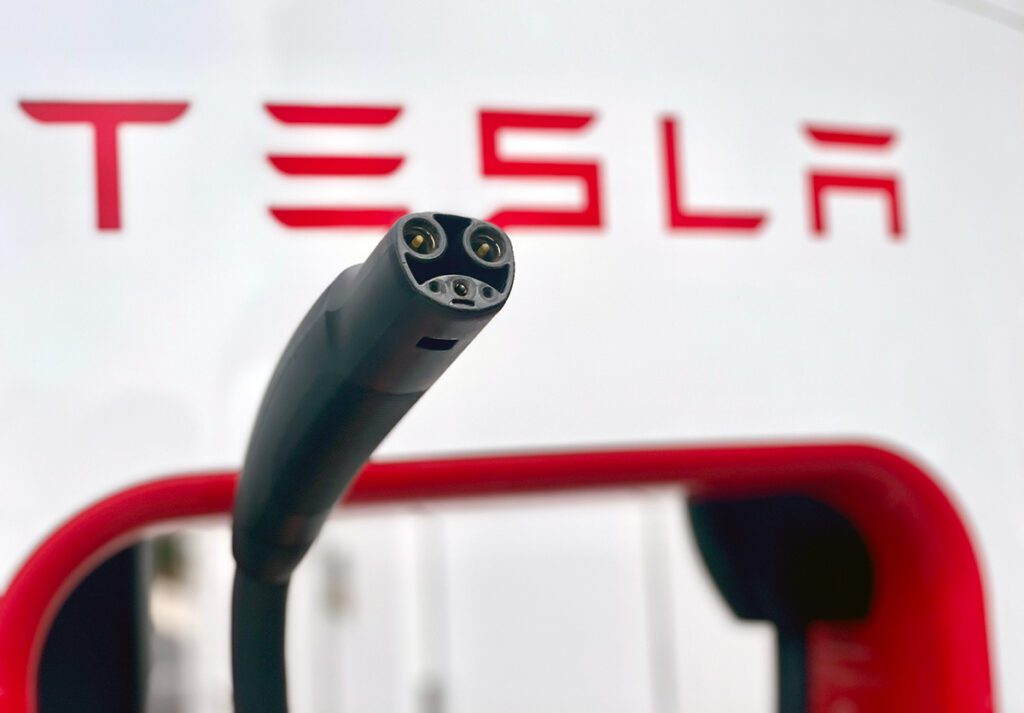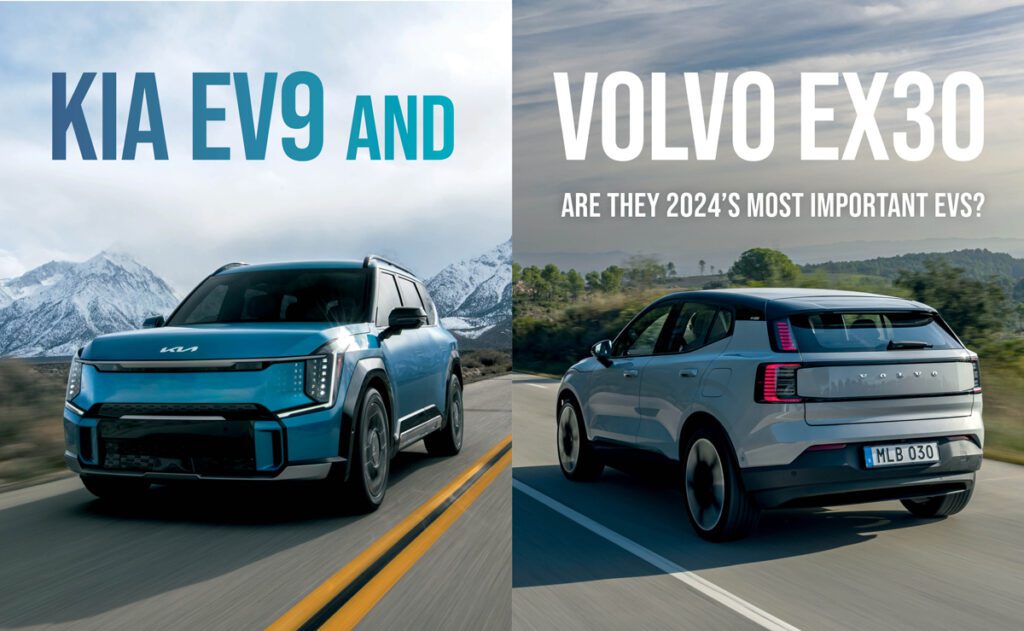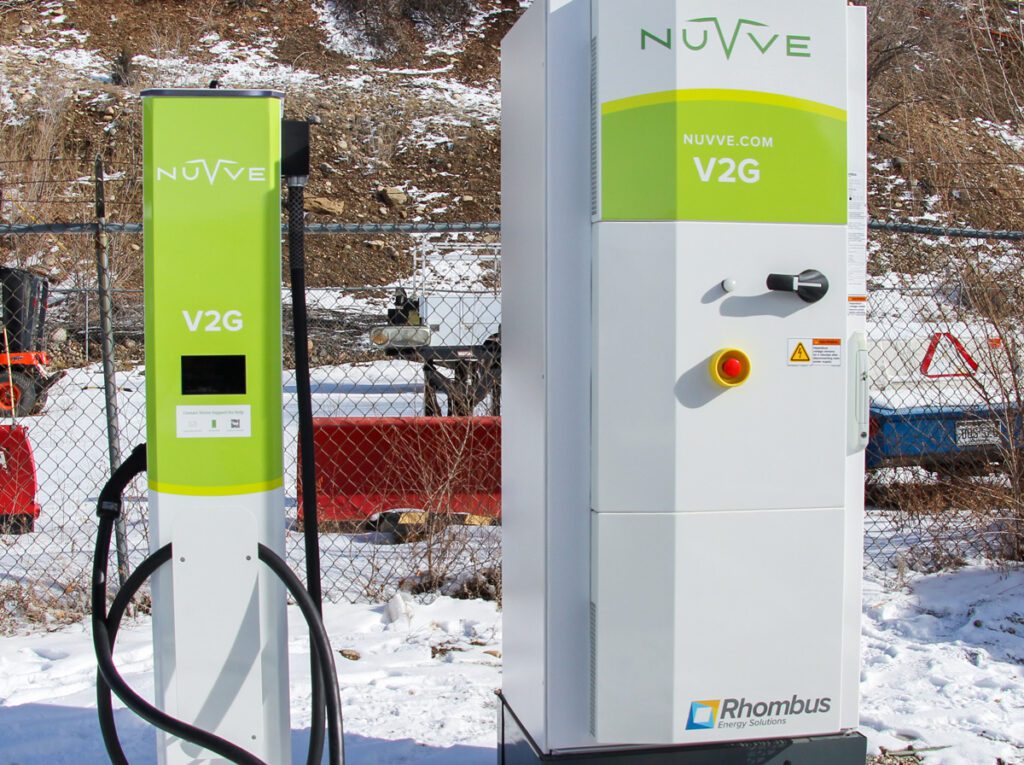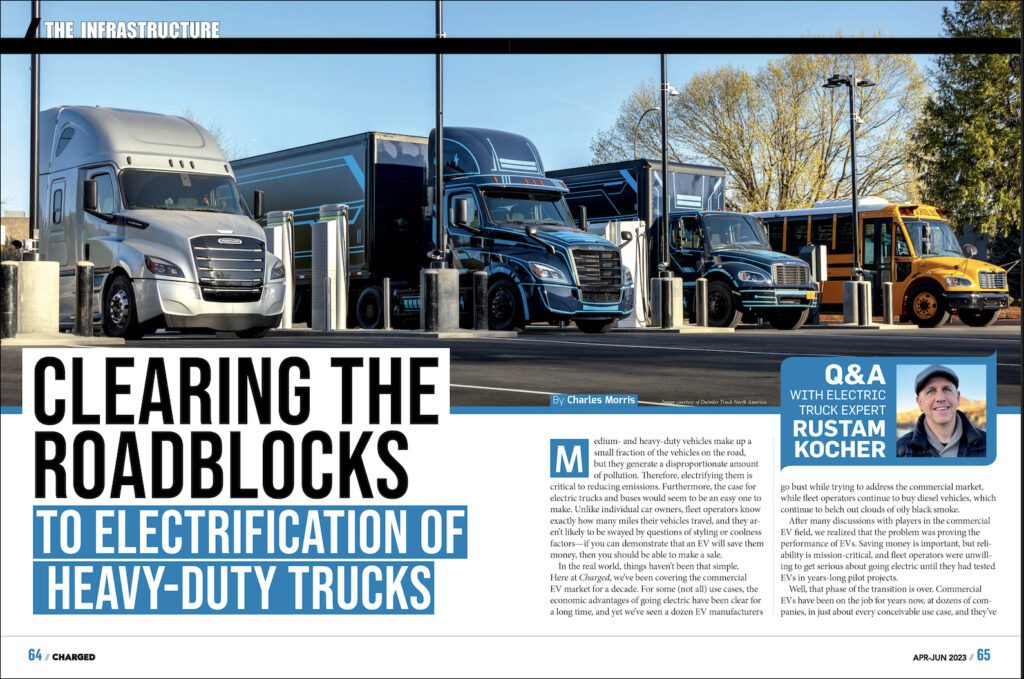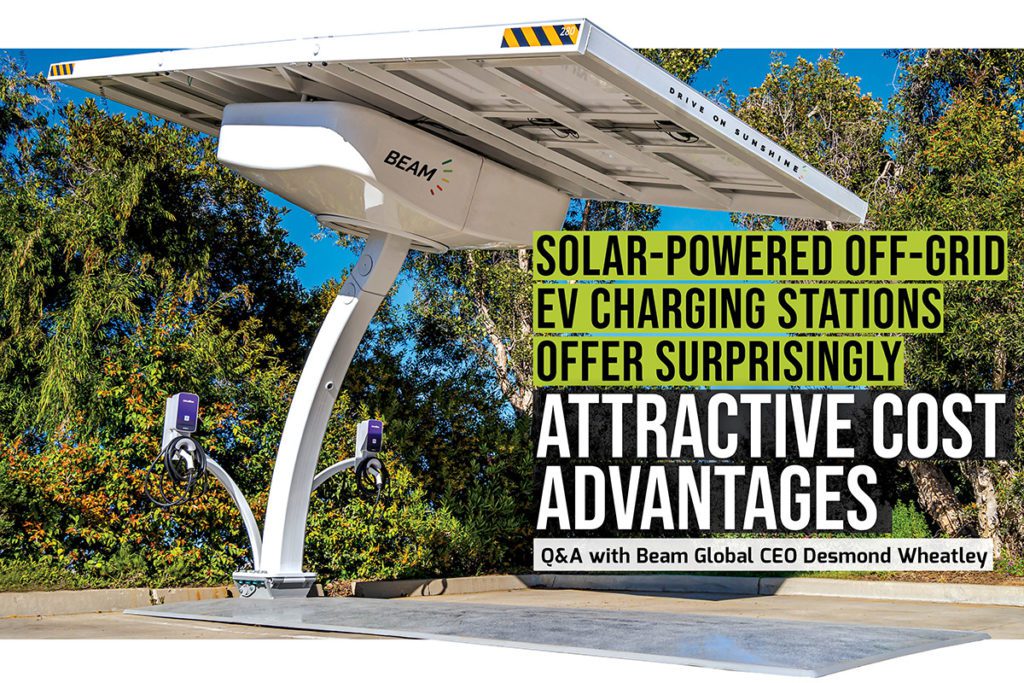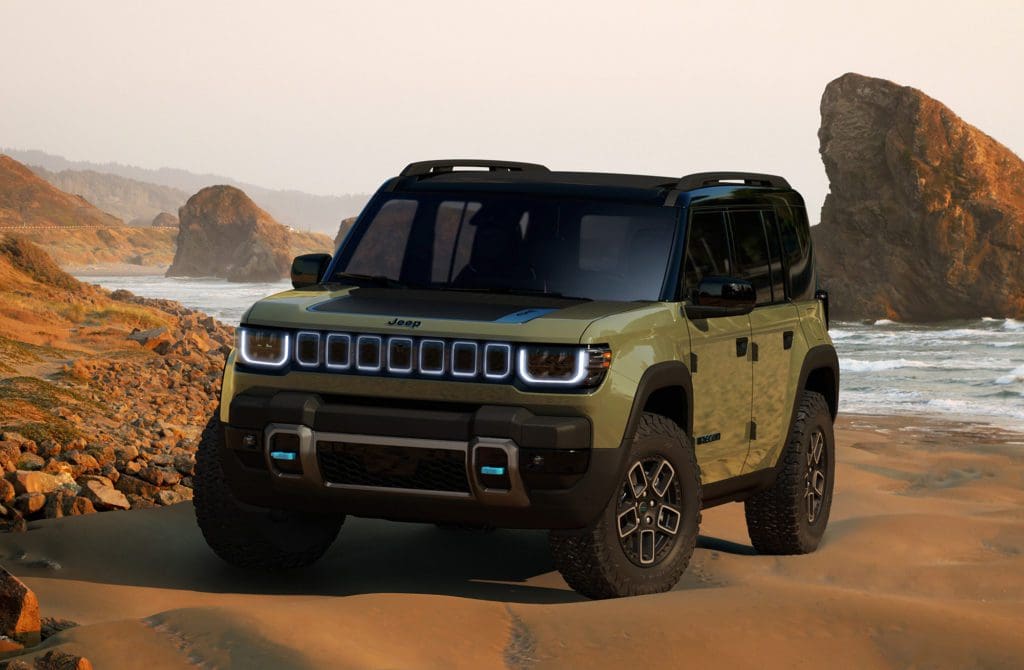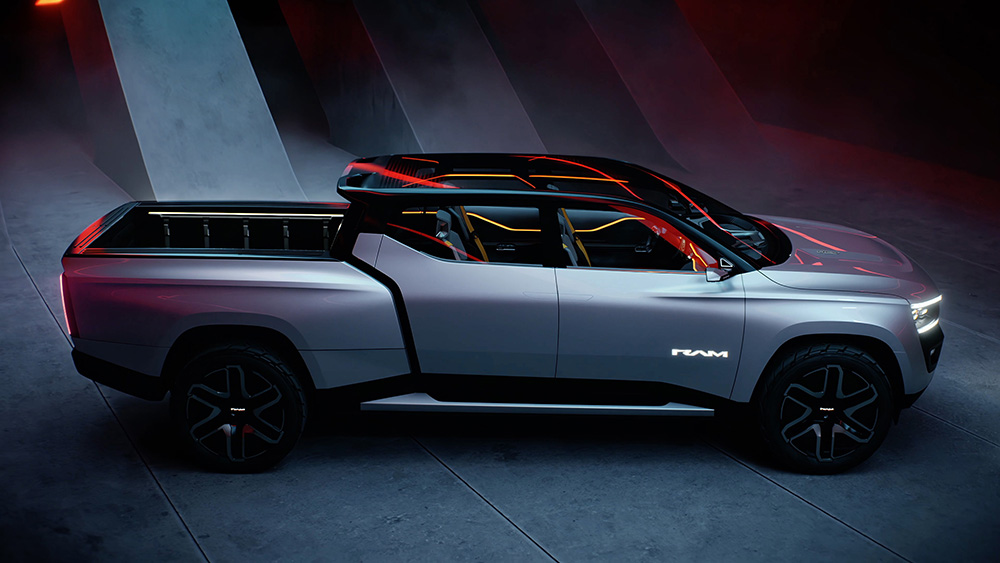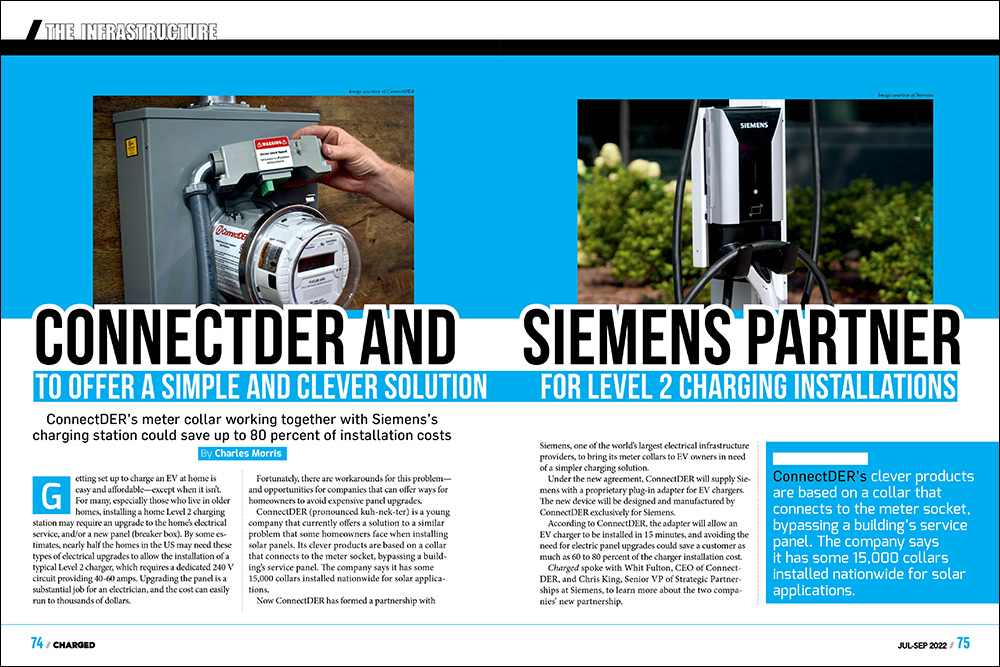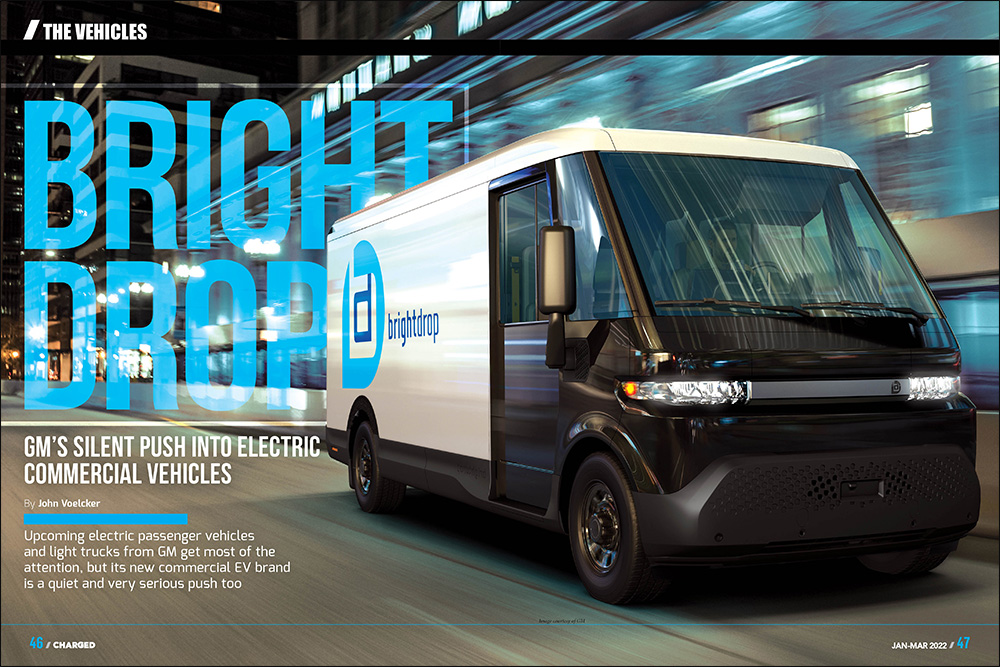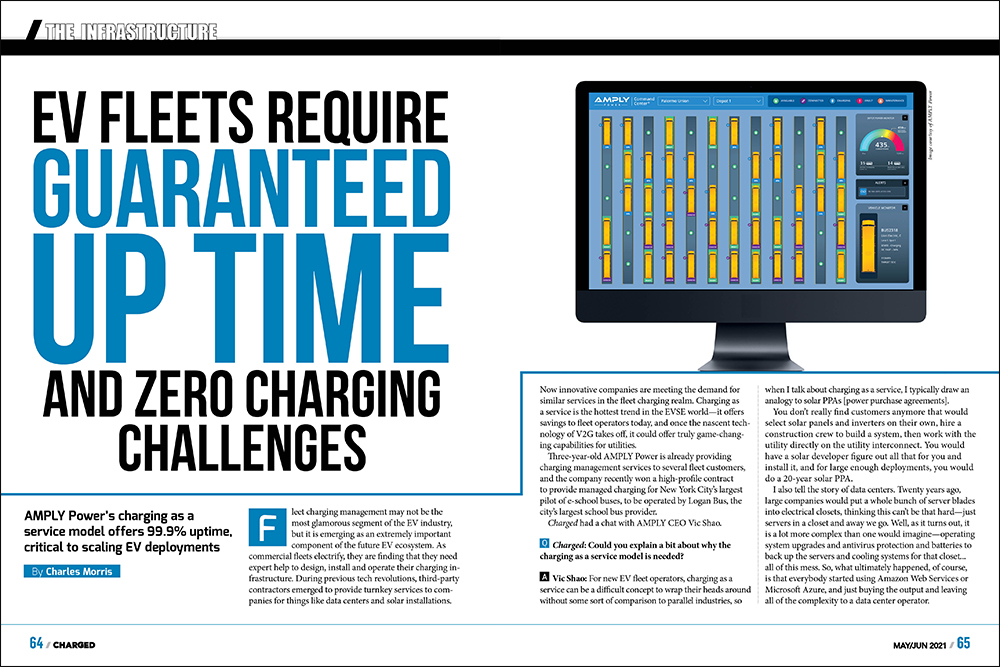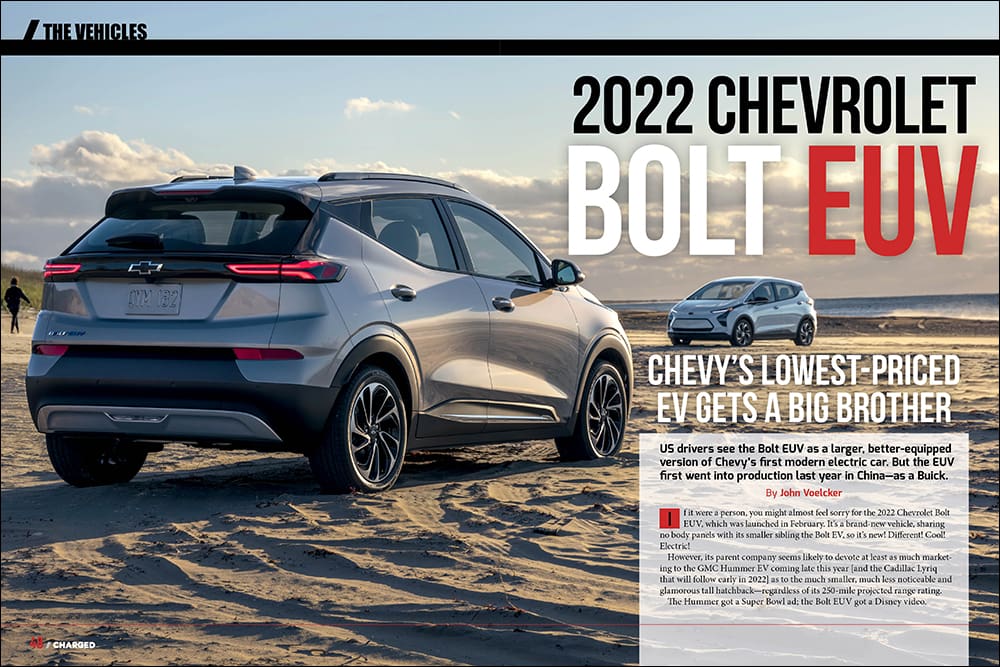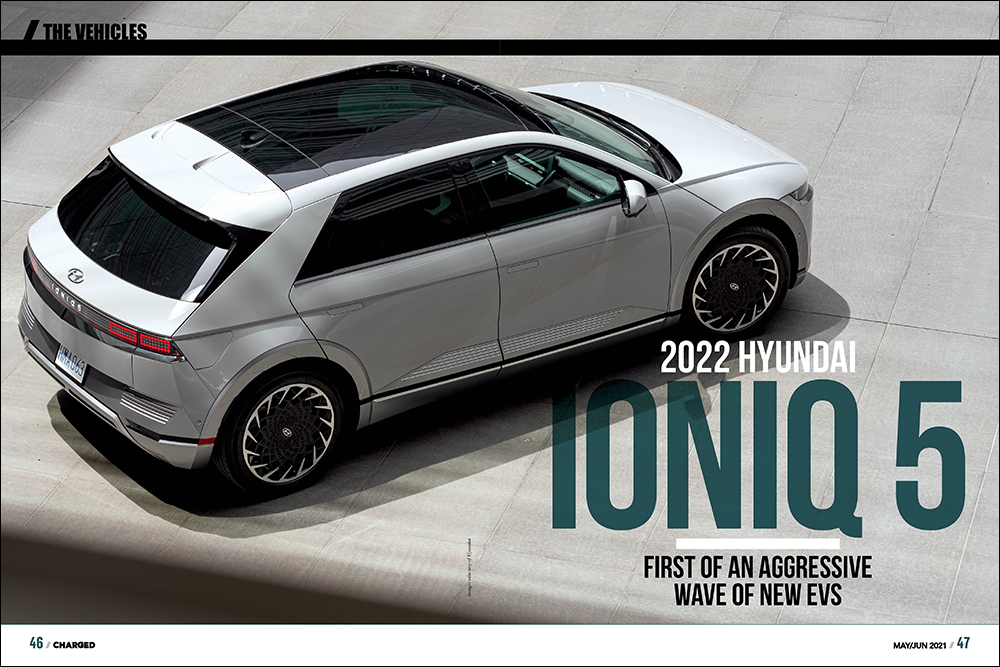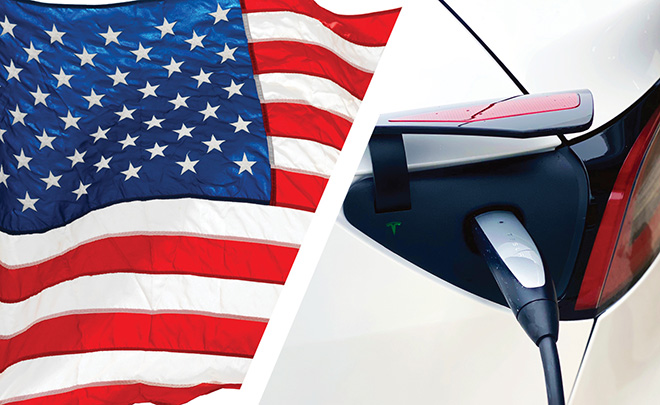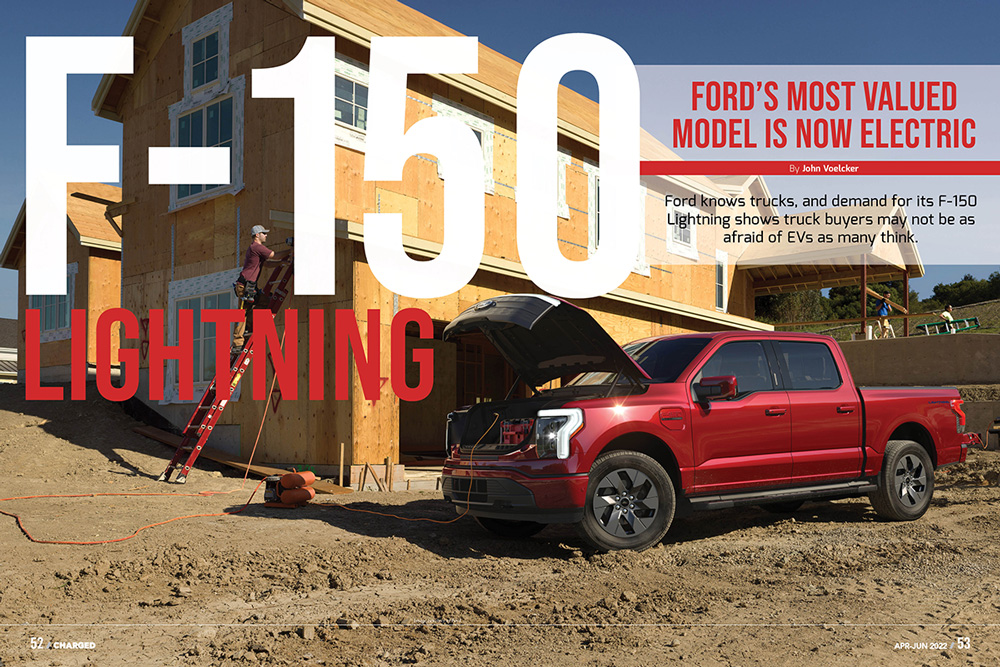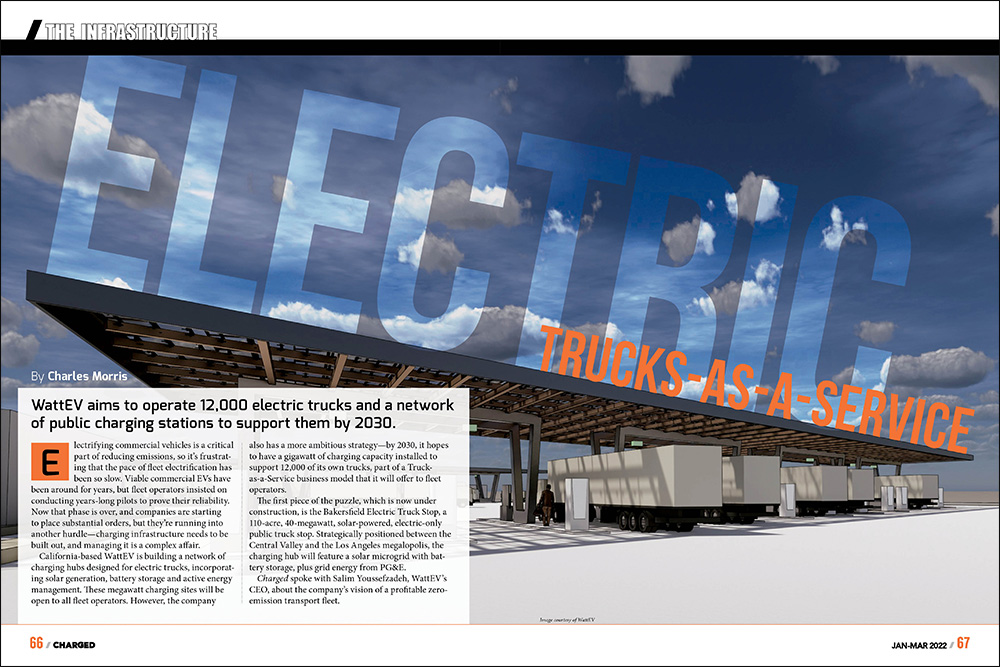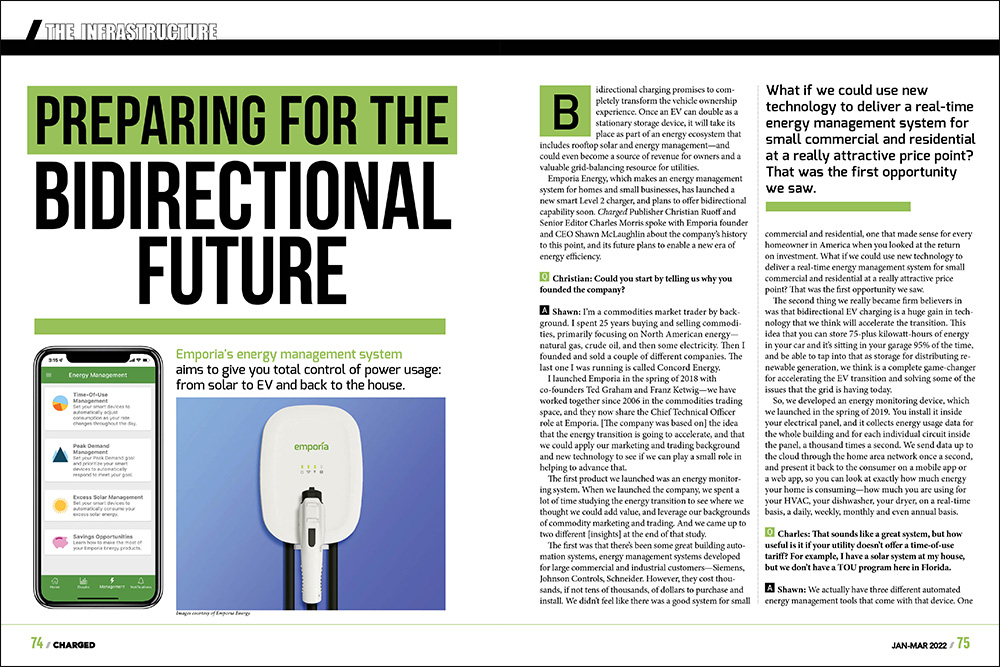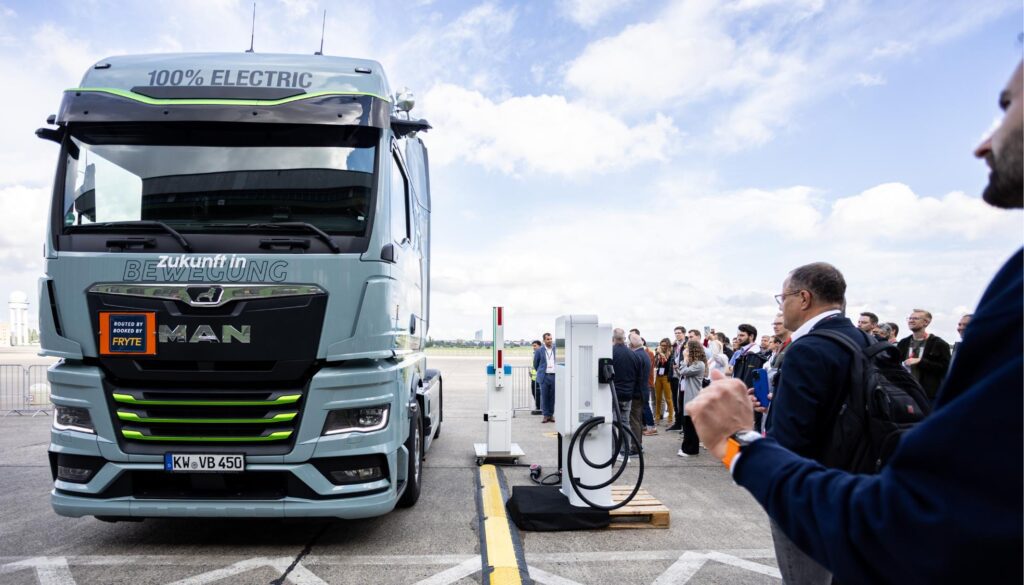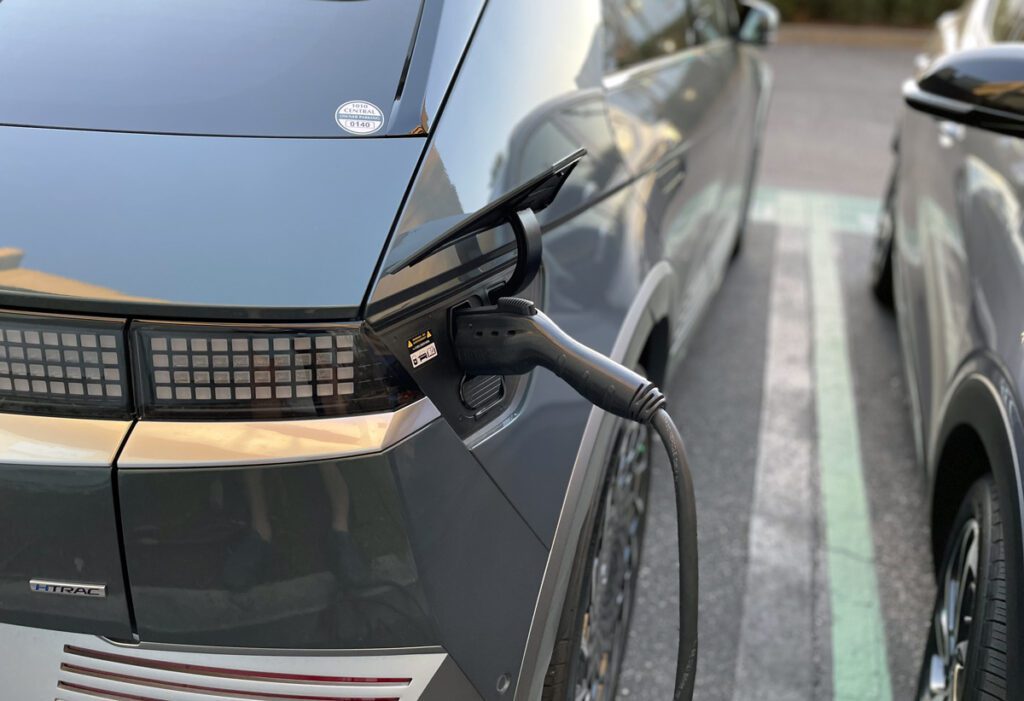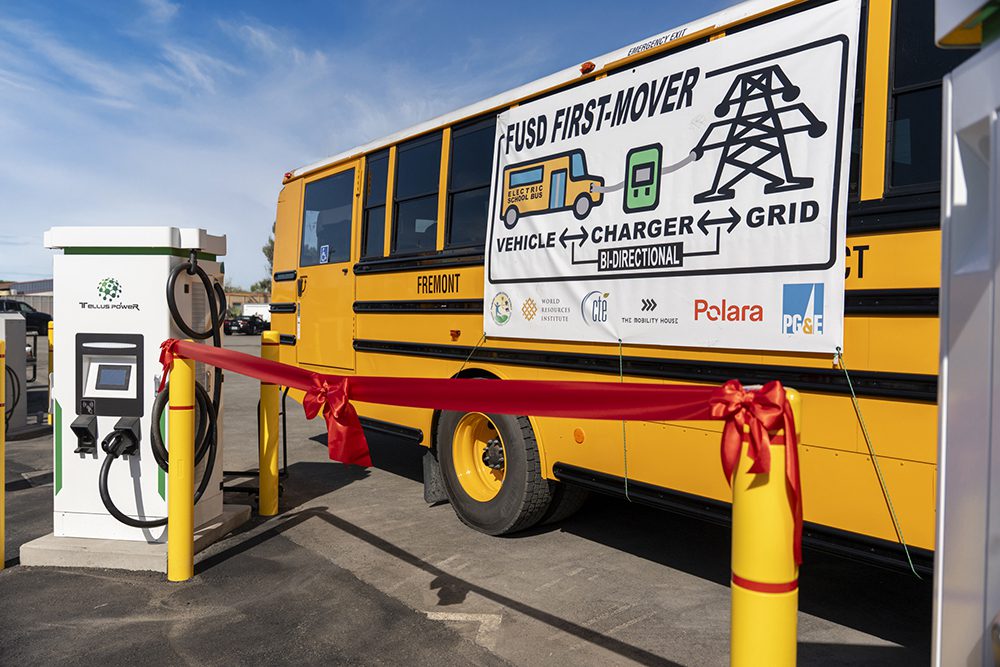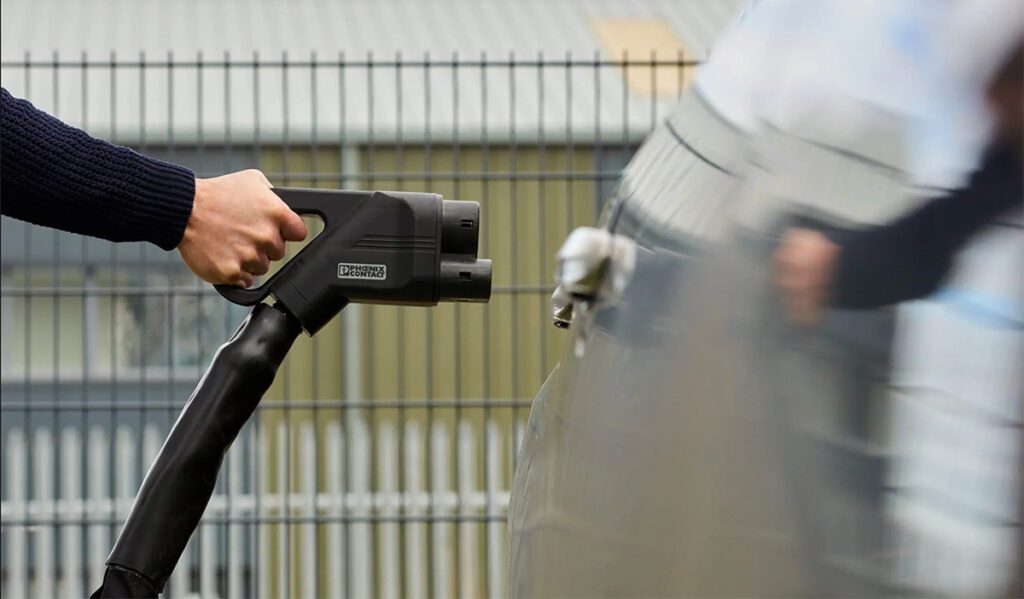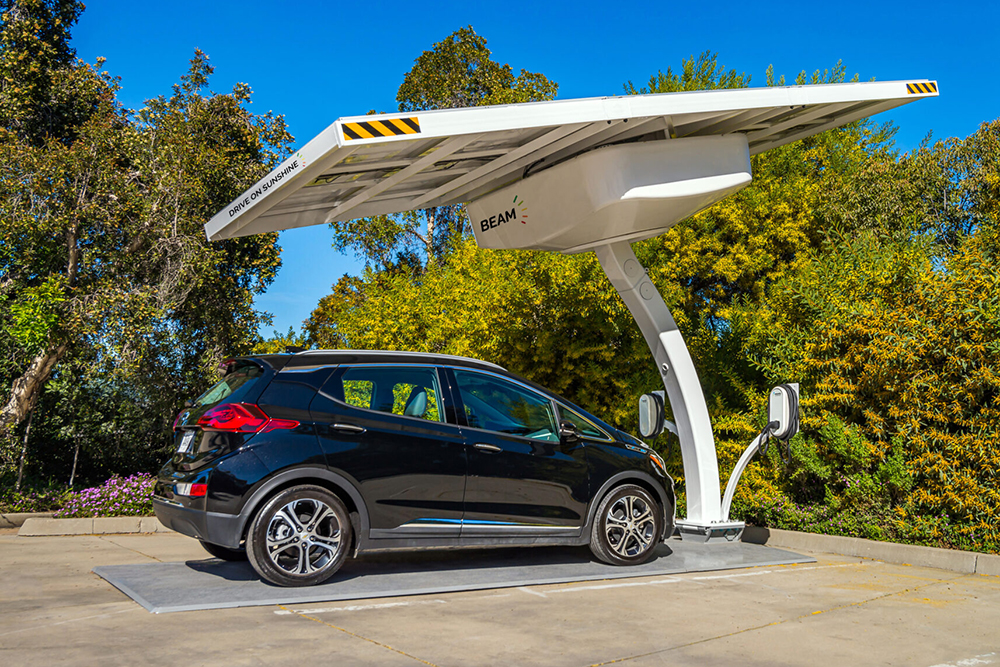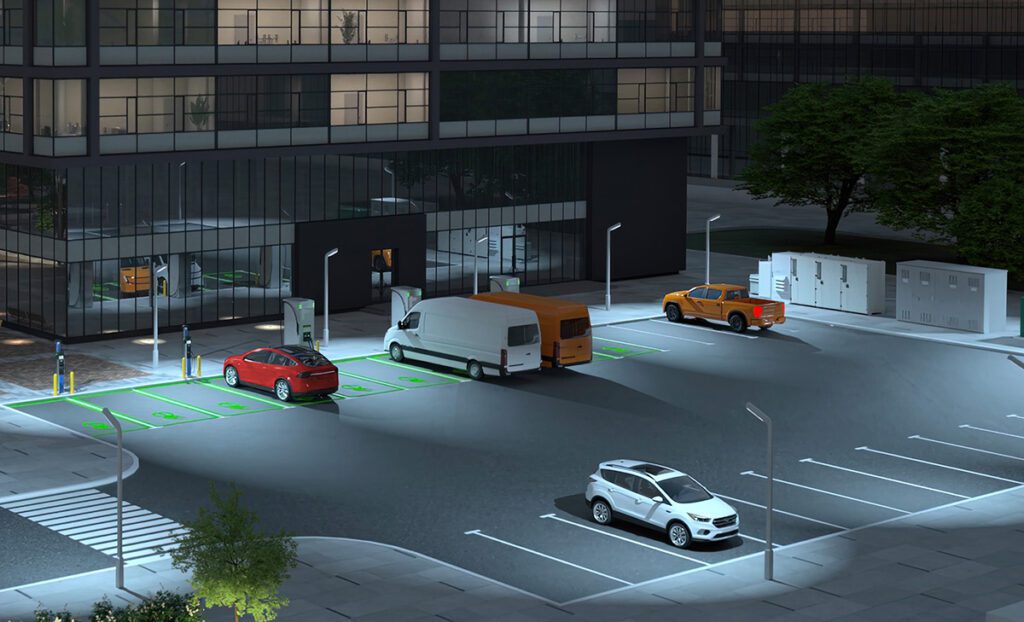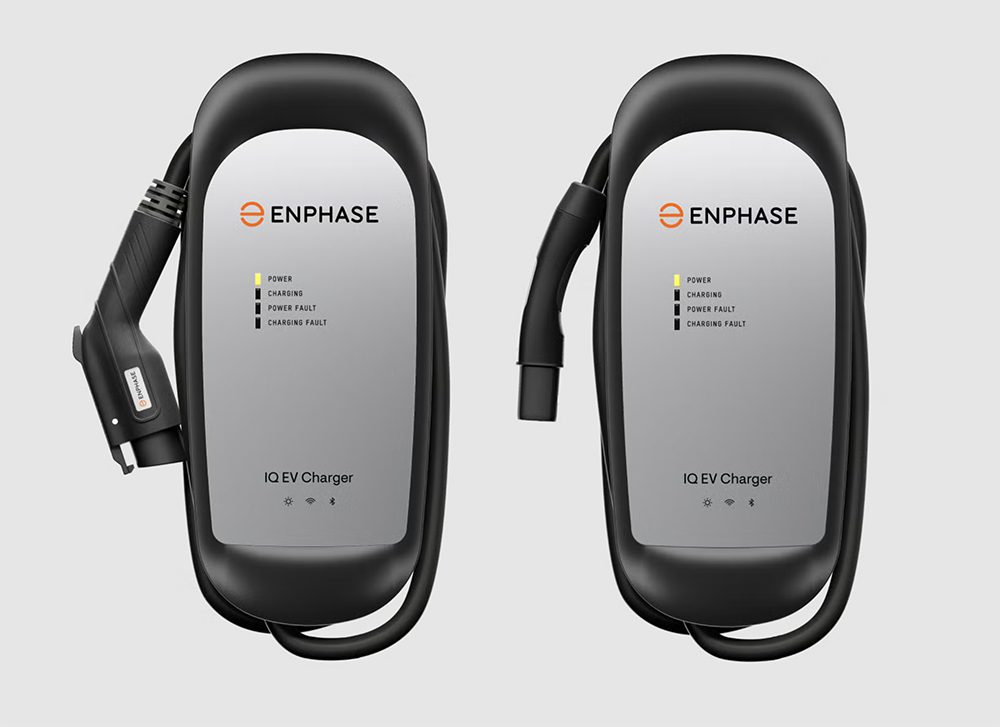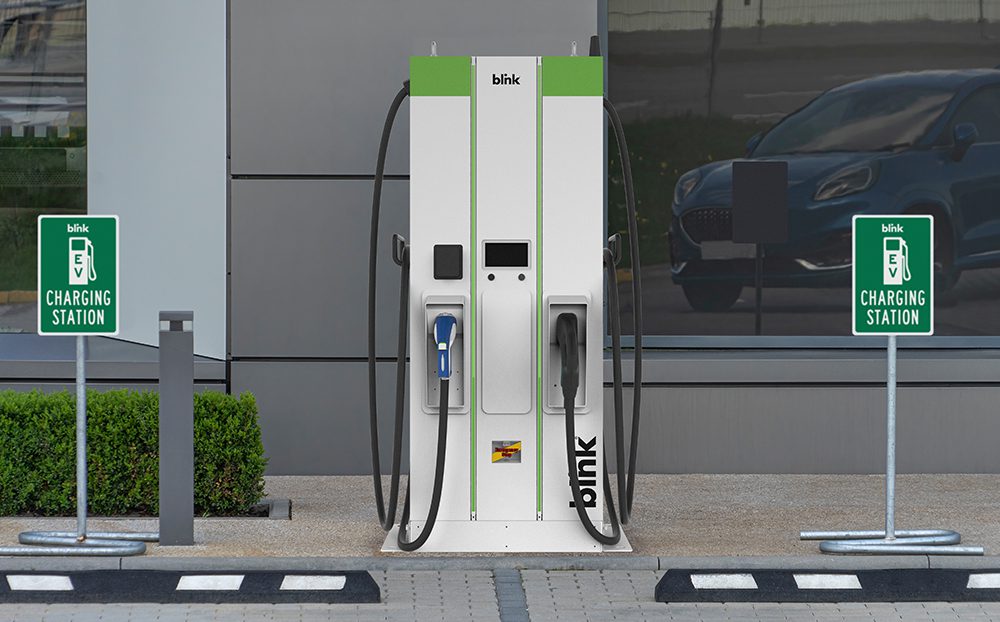Industry Opinion: Larry Butkovich is the General Manager of EV Systems at Fuji Electric Corp. of America – a manufacturer of 25 kW DC Quick Chargers.
Retail store owners, fleet managers, and government officials are currently faced with the dilemma of selecting charging stations for their sites, and are often overwhelmed by all of the information presented to them.
When considering charging stations, owners must take into account several factors that will influence their purchasing decision: timing, functionality, and total cost of ownership (TCO). TCO is the most important factor influencing their decision because it takes into consideration the cost of the product itself, the installation costs, costs of upgrading existing power for the building/site and ultimately, the ongoing utility costs associated with charging (operating the charging station).
Ironically, the most important cost (those recurring utility charges), have been the ones most overlooked by station owners. There are advantages and disadvantages to each option, and station owners will weigh their needs (and those of their customers) in order to determine which charging station is right for them.
25 kW chargers can offer station owners the ideal scenario-charging times acceptable to customers at a cost bearable to owners.
Unit Price & Installation
The lower cost of installation (compared to a 50 kW charger) can be attributed to the hardware cost itself, combined with the reduction in size/weight.
For example, Fuji Electric’s Generation 3 DC Quick Charger features a scalable 12.5 kW power supply-based architecture. Transformer-based chargers are common, but the use of an isolation transformer results in a larger, heavier product: 1,500-2,000 lbs. compared to 400-500 lbs. for a power supply-based charger. Transformer-based chargers are also nearly 30% larger.
Power supply-based quick chargers are less expensive, with costs ranging from $22.5-$27.5k, while transformer-based chargers typically cost $35-60k.
The lower unit price that is associated with 25 kW charging stations improves the business case for station owners as they calculate the total cost of ownership of the chargers. Often, DC Quick Charging is dismissed due to the perception of unbearable hardware/installation costs and the threat of high utility demand costs each month.
Power Requirements
The most significant challenge with DC Quick Charging is the additional power required for use, and the costs associated with accommodating the input voltage of the charging station.
During our assessment of the US market, it was determined that 208 V, 3-Phase input would be the most economical choice for station owners, with minimal disturbance to the existing foundation and the ability to use basic equipment for the install.
Installation sites with 480 V available power are easily adjusted to
208 V input, with a general-duty transformer costing around $700. Sites with 208 V available power that must step up to 480 V equipment, on the other hand, will cost nearly $4,000.
When selecting a site for installation, the power requirements of the charger must be weighed against the available power of the building. A 25 kW DC Quick Charger requires 30 kVA of available power, while the a 50 kW charger requires 60 kVA of available power. Unfortunately, a typical 100,000-square-foot office/warehouse peaks at – yes, you guessed it – 60 kVA. This makes it difficult to find acceptable sites and complete the permitting process, which lengthens the amount of time the project takes.
Monthly demand charges can result in high utility costs, which is the main drawback of DC Quick Charging for station owners, since demand charges may total $28 per kW in some areas. In certain areas, these charges may start at 19 kW, which is within the working range of a 25 kW charger.
How? Because a 25 kW charger’s power may be limited in order to avoid the peak demand charges that begin at 19 kW. The same can be said for a 50 kW charger, but the station owner would then be paying for a significant amount of charging capacity that is not utilized.
Charging Time
After all of the challenges and hurdles of DC Quick Charging are taken into consideration, one may wonder why they are not summarily dismissed and Level 2 chargers chosen instead. The answer? Charging time. The purpose of making quick chargers available for public use is to offer drivers a value-added solution that makes their life easier, thereby encouraging the adoption of EVs around the country. People are simply not willing or able to wait 4 hours for their cars to charge in the middle of their hectic days.
50 kW chargers provide a complete charge faster than a 25 kW charger can, but, contrary to popular belief, the charging time is not cut in half by doubling the power from 25 kW to 50 kW.
This is the number one misconception among station owners, users, and even EV industry insiders. A 50 kW charger will charge at a faster rate for the first 7-10 minutes of the charging cycle, after which it drops off to the same rate as the 25 kW charger as directed by the vehicle’s Battery Management System (BMS). The BMS dictates charge rate based on a number of factors including cell temperature, state of charge and cell balance. Therefore, the reduction in charging time is just 7-10 minutes.
Ultimately, station owners will make the best decision for their business and their customers, and DC Quick Chargers should be a major part of that process. 25 kW Quick Chargers offer cost savings in terms of product, installation and operating costs over 50 kW charging products. The increase in charge time between 25 kW and 50 kW is not as significant in real-world scenarios as many people are led to believe.
Issue: JUN/JUL 2012






